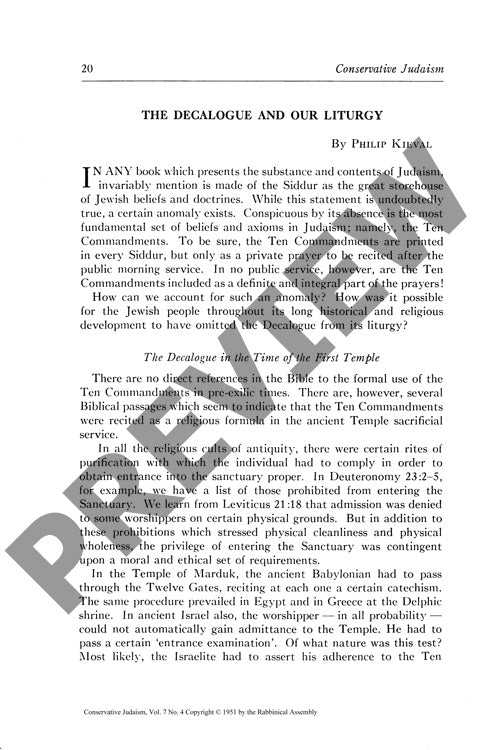The Decalogue and Our Liturgy
Couldn't load pickup availability
The Ten Commandments' complex journey through Jewish liturgical history reveals a paradox: a text central to Jewish law became deliberately excluded from public worship. During the First Temple period, the Decalogue served as "Leges Sacrae"—moral prerequisites for Temple worship—as evidenced in Psalms 15, 24, and prophetic literature. The Second Temple era saw these commandments formally integrated into daily Temple liturgy between the Ahavah Rabbah prayer and the Shema, documented in Mishnah Tamid 5:1. Yet rabbinic authorities later removed the Decalogue from public recitation to counter sectarian claims that only these commandments held divine authority. Through analysis of biblical passages, Talmudic literature, liturgical documents, and archaeological evidence including the Nash Papyrus, this research traces how rabbis maintained that the Decalogue remained embedded within the Shema prayer structure, even as they eliminated its explicit recitation. The findings suggest that reintroducing the public recitation of the Ten Commandments could meaningfully address contemporary moral challenges while reinforcing fundamental ethical principles in Jewish liturgical practice.

More Information
-
Physical Description
-
Publication Information
Published 1951
ISBN
-
Publication Credits
Philip Kieval

